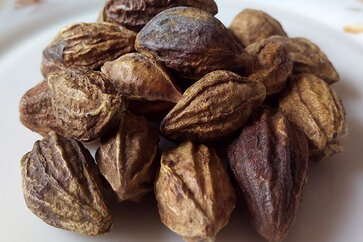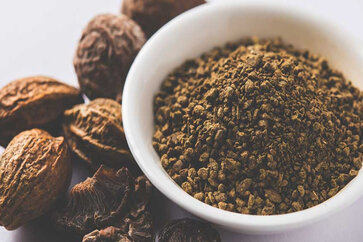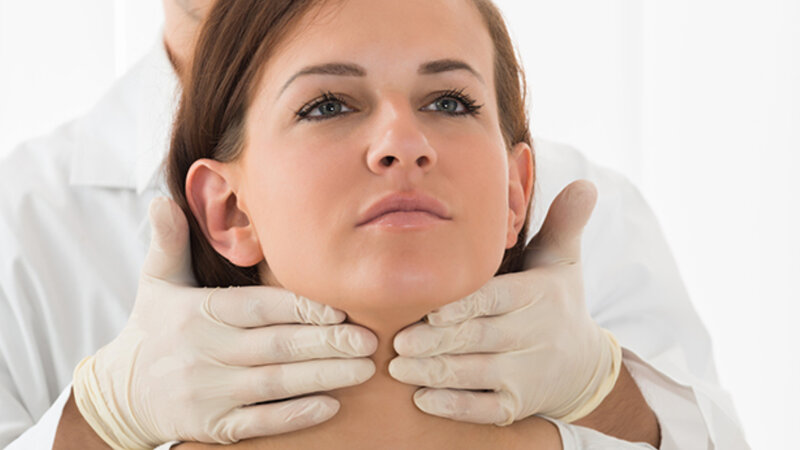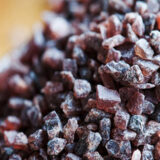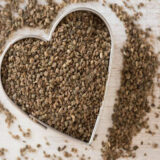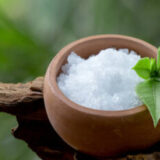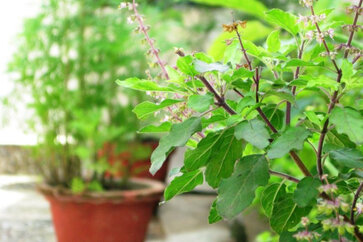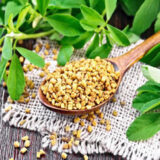Ayurvedic Medicine for Hemorrhoids: A Natural Piles Treatment
Hemorrhoids, also known as piles, refer to the swelling and inflammation of veins located in the rectum and anus. They are characterized by the presence of masses of tissue within the anal canal that contain blood vessels, surrounded by supportive muscles and elastic fibers.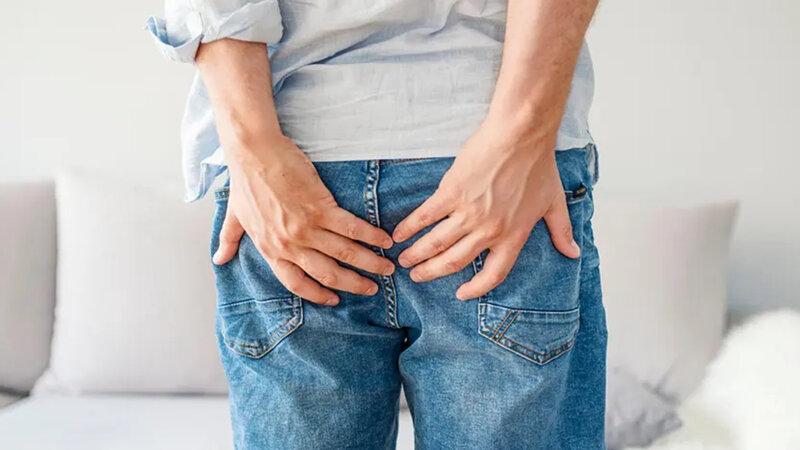
Hemorrhoids can be categorized as internal or external. They can be triggered by various factors such as prolonged constipation, pregnancy, pelvic tumors, chronic diarrhea, and dysentery. In Ayurveda, hemorrhoids are referred to as Arsha Shoola, which translates to “pain like needles pricking.”
This description accurately portrays the discomfort experienced with hemorrhoids. The condition is believed to arise from the imbalance of any of the three doshas, primarily manifesting as a digestive disorder.
The accumulation of waste materials in the rectal area contributes to the formation of hemorrhoidal masses. Other factors, such as sitting on hard seats, chronic constipation, and pregnancy, can further increase the likelihood of developing hemorrhoids.
It’s important to note that hemorrhoids caused by imbalances in the three doshas may exhibit distinct symptoms based on an individual’s body type.
1. Vata-Type Hemorrhoids: This type of hemorrhoid is characterized by hard, dark-colored piles that appear almost black. The pain experienced is sharp and intense, and constipation is often present.
2. Pitta-Type Hemorrhoids: Pitta-type hemorrhoids are identified by soft, reddish piles. Bleeding is a common symptom; individuals may also experience excessive thirst, fever, and diarrhea.
3. Kapha-Type Hemorrhoids: Kapha-type hemorrhoids have a slimy texture and are larger in size. They tend to be soft and whitish in appearance. Individuals with this type often experience digestive problems alongside their hemorrhoids.
Symptoms of Piles
The primary symptom of internal hemorrhoids is the presence of bright red blood in the stool, on toilet paper, or in the toilet bowl. However, in some cases, internal hemorrhoids may also protrude from the anus but remain relatively painless and non-irritated.
External hemorrhoids, on the other hand, may exhibit symptoms such as painful swelling or the formation of a hard lump around the anus. This usually occurs when a blood clot forms within the affected blood vessels.
Additionally, excessive straining during bowel movements, excessive rubbing, or aggressive cleaning around the anus can lead to irritation, bleeding, and itching. This can potentially create a cyclic pattern of symptoms.
Causes of Piles
Prolonged sitting can initiate the development of hemorrhoids. However, the primary causes of hemorrhoids are often related to diet and straining during bowel movements.
Other contributing factors include the natural process of aging, genetic predisposition, episodes of diarrhea, and the use of laxatives. In women, pregnancy is a common factor as the growing fetus exerts pressure on the veins in the hemorrhoidal area.
Which Ayurvedic Herbs Are Good For Piles?
1. Carrot (Daucus carota): Carrots are known for their effectiveness in reducing bleeding associated with hemorrhoids. They can be consumed in raw or cooked form to obtain the desired benefits.
2. Garlic (Allium sativum): Garlic has properties that can help arrest the growth of bleeding hemorrhoids. When applied directly to the affected area, specifically the rectum, it can provide relief from hemorrhoidal bleeding. Ideally, it can be inserted into the rectum and left overnight for optimal results.
3. Witch Hazel (Hamamelis virginiana): Witch hazel is a popular herb known for its astringent properties. It can help reduce swelling and provide relief from itching and discomfort caused by hemorrhoids. Witch hazel can be applied topically in the form of a cream, ointment, or soaked cotton pads.
4. Aloe Vera (Aloe barbadensis): Aloe vera has soothing and anti-inflammatory properties that can alleviate the symptoms of hemorrhoids. It can be applied topically in the form of gel or cream to provide relief from pain, itching, and inflammation.
5. Butcher’s Broom (Ruscus aculeatus): Butcher’s broom is an herb that is often used to improve blood circulation and reduce swelling. It can be beneficial for reducing the discomfort associated with hemorrhoids. It is available in various forms, including capsules, extracts, and topical creams.
6. Horse Chestnut (Aesculus hippocastanum): Horse chestnut is known for its anti-inflammatory and vein-strengthening properties. It can help reduce swelling and improve blood flow, making it useful for treating hemorrhoids. Horse chestnut can be consumed orally in the form of capsules or applied topically as a cream or ointment.
Remember, it is important to consult with a healthcare professional or an Ayurvedic practitioner before using any herbs or remedies for the treatment of hemorrhoids to ensure they are suitable for your specific condition and to determine the proper dosage.
Ayurvedic Treatment For Piles
The Ayurvedic approach to treating hemorrhoids focuses on two key aspects. Firstly, it aims to address and reduce constipation, which is often associated with hemorrhoids.
By effectively managing constipation, subsequent methods can be employed to alleviate the pain caused by hemorrhoids. In external cases, the application of sandalwood or sesame oil to the affected area can be beneficial.
To tackle constipation, dietary adjustments are recommended. Including items such as butter, buttermilk, and green leafy vegetables in the patient’s diet can help regulate bowel movements and reduce constipation.
Traditional Ayurveda offers effective treatment options for hemorrhoids, taking into account these considerations and providing holistic relief.
What Should I Eat If I Have Internal Hemorrhoids?
To prevent or treat hemorrhoids, it is important to follow a proper diet, considering that they are often caused by a weakened digestive system. Here are some dietary guidelines to adhere to:
1. Avoid consuming foods that are challenging to digest, such as fatty and spicy dishes, red meats, and rich desserts. Instead, prioritize consuming a generous amount of green leafy vegetables as they provide essential fiber for proper digestion.
2. Foods with bitter and astringent tastes are recommended for individuals with hemorrhoids. It is advisable to include a significant portion of such foods in the diet.
3. Beneficial vegetables for hemorrhoid management include spinach, radishes, yams, carrots, and okra. Incorporating these vegetables into your meals can be advantageous.
Which Ayurvedic Formulation Is Best For Piles?
1. Dried Figs: Soak three or four dried figs overnight in water, then consume them in the morning along with the soaked water. Repeat this remedy in the evening as well. Continue this routine for 3-4 weeks.
2. Mango Seed Powder: Take approximately 1 ½ to 2 grams of dry mango seed powder, either with or without honey, twice daily.
3. Jambul Fruit: Consume jambul fruit with salt every morning during its season for two to three months.
4. Radish: Mix 100 grams of grated radish with a teaspoon of honey and take it twice daily.
5. Turnip Juice: Extract juice from turnip leaves and administer about 150 ml to the patient. Maintain a diet rich in raw fruits and vegetables while consuming this juice.
6. Bitter Gourd: Mix three teaspoons of bitter gourd leaf juice with a glass of buttermilk and consume it every morning.
7. Ginger, Lemon, Mint, and Honey: Mix half a teaspoon of fresh ginger juice, one teaspoon each of fresh lemon juice and fresh mint juice, and a teaspoon of honey. This mixture serves as an effective medicine for hemorrhoids.
8. Onion: Finely rub 30 grams of onion with water and add 60 grams of sugar. Take this mixture twice daily.
9. Rice Gruel: Prepare a thick gruel of rice mixed with a glass of milk and a ripe banana. Administer it twice daily.
10. Wheatgrass: Use wheatgrass juice as an enema to detoxify the hemorrhoidal area.
11. Sesame Seeds: Prepare a decoction by boiling 20 grams of sesame seeds in 500 ml of water until it reduces to one-third. Alternatively, grind sesame seeds into a paste with water and consume it with butter for bleeding piles.
12. Chebulic Myroblan: Roast the fruit until it turns into a brown custard-like consistency. Powder it and store it. Take half a teaspoon of this powder at bedtime to promote normal bowel movements in the morning and benefit from the fruit’s astringent properties to reduce hemorrhoidal masses.
Note: In addition to the mentioned remedies, it is crucial to make changes to your diet plan. This includes increasing your intake of bran or fiber-rich foods, ensuring an adequate water intake, adopting healthier bowel habits, engaging in regular exercise, and avoiding prolonged periods of sitting.
These lifestyle modifications are essential for managing and preventing hemorrhoids effectively.

